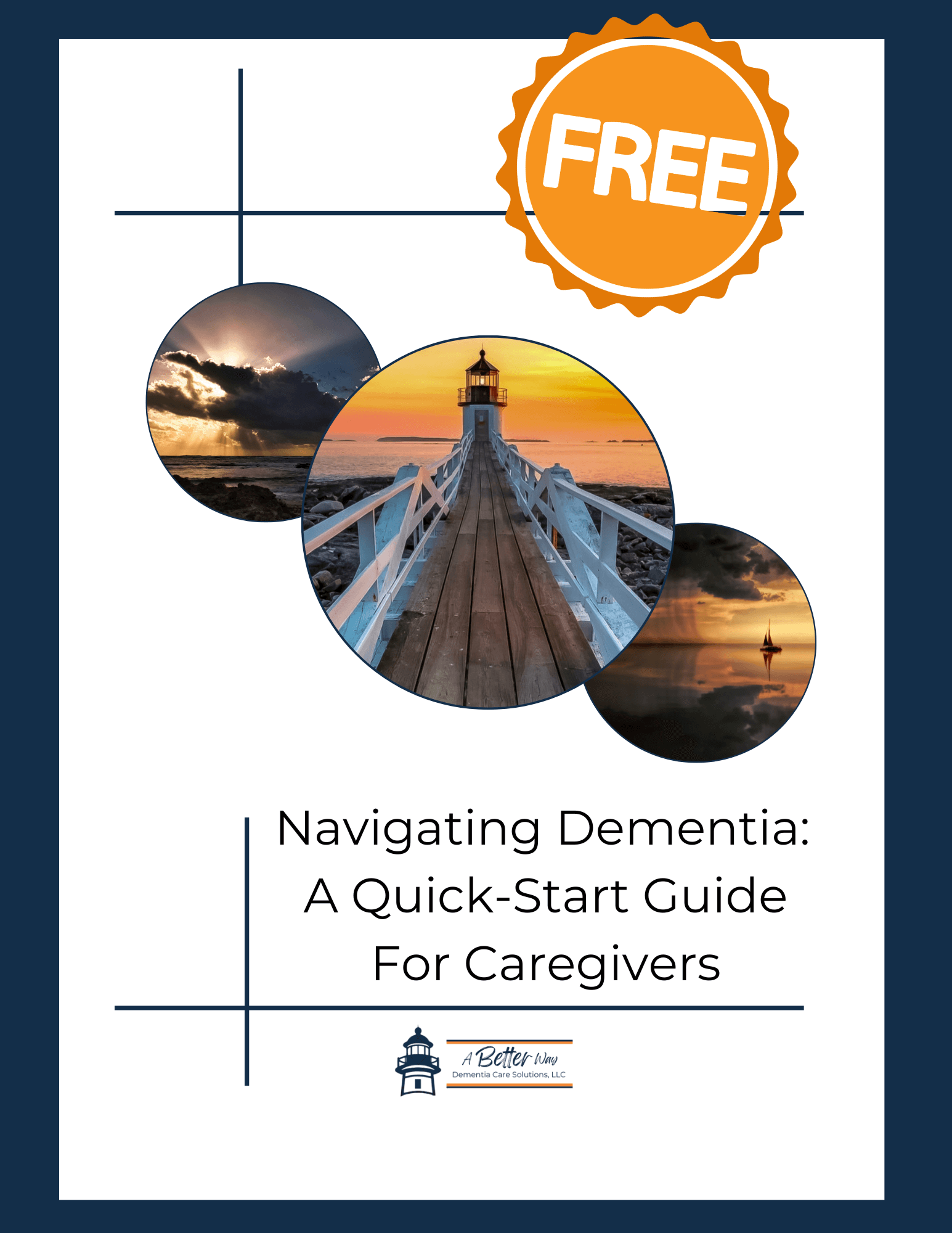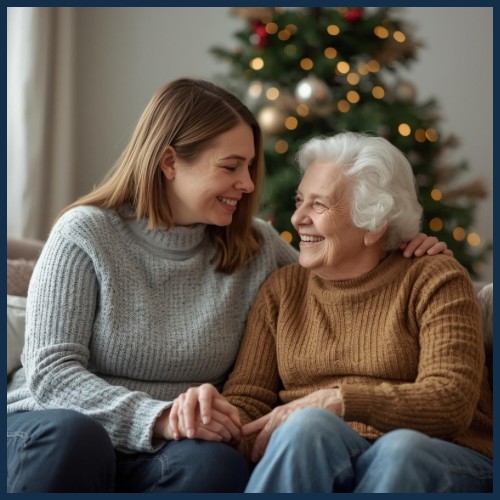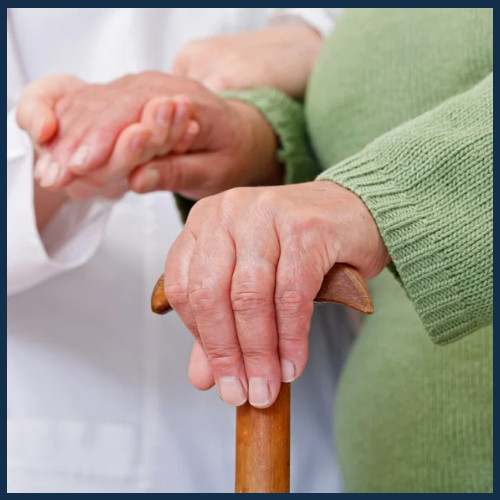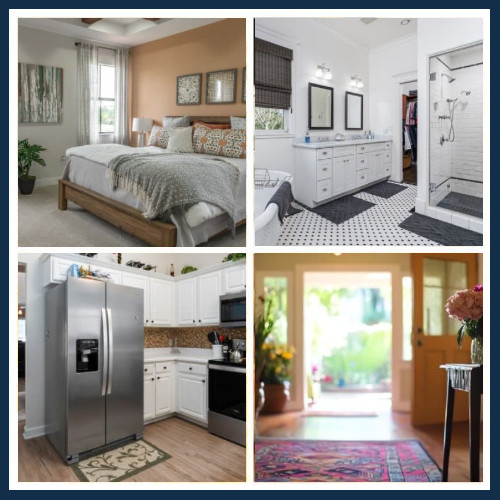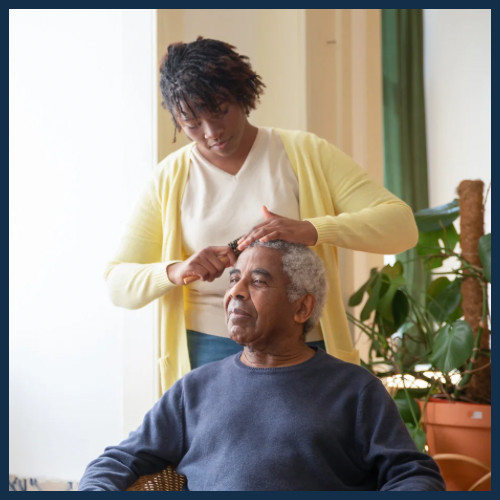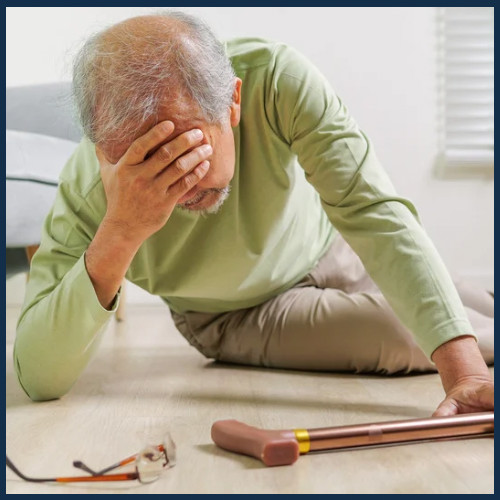
Falls are one of the most common and stressful safety concerns in dementia care. As a physical therapist, I have seen how small changes in the brain, body, and environment can add up - but also how simple adjustments can make a big difference. Here is what helps.
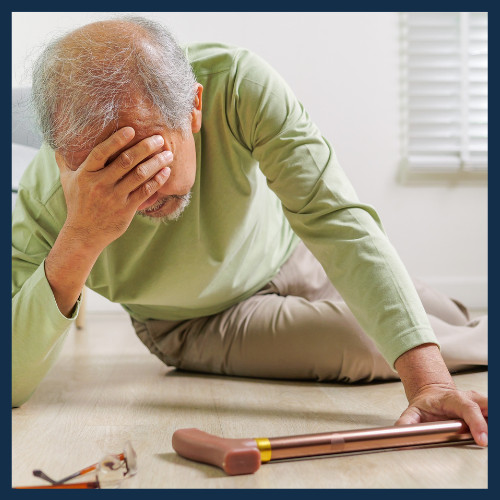
Falls are one of the leading causes of injury for individuals with dementia, but many falls can be prevented with simple home modifications. From decluttering walkways to improving lighting, creating a safer environment is essential for keeping the person you care for safe. This guide offers practical steps to turn your home into a fall-proof space.


